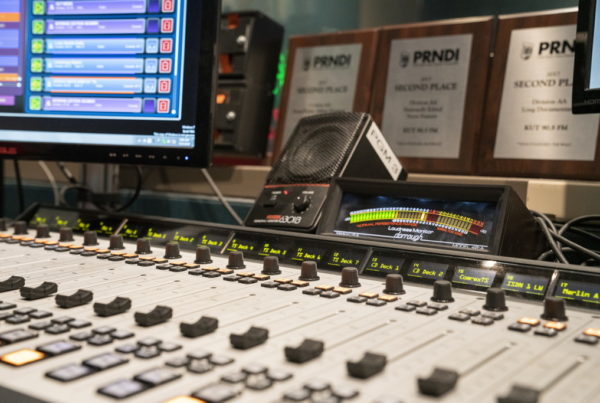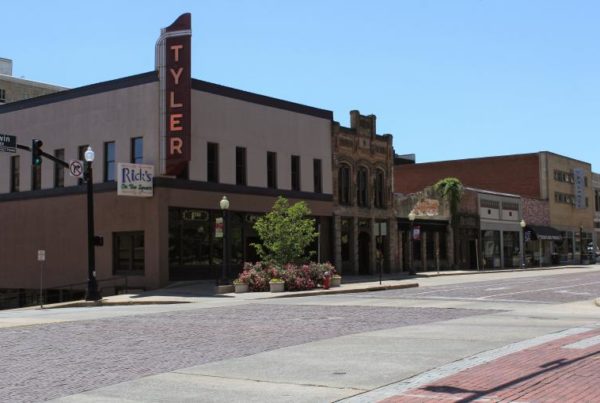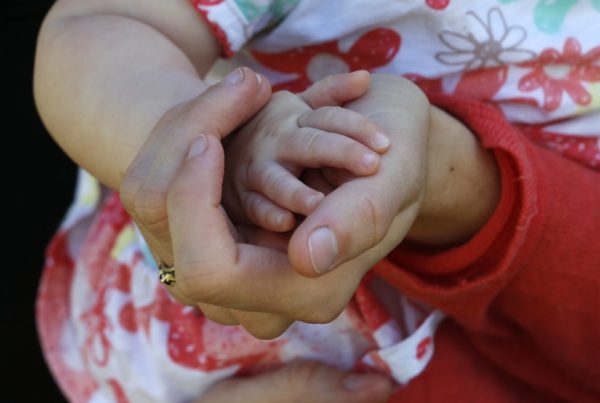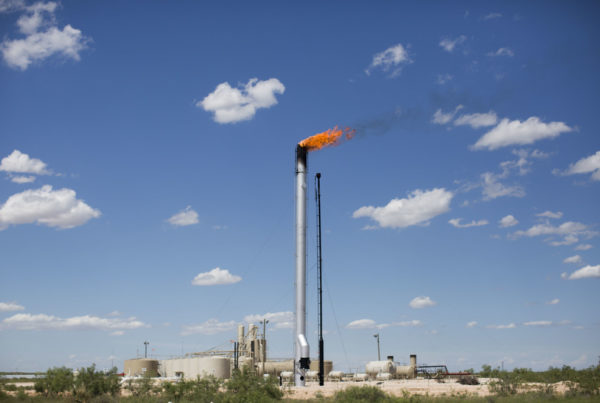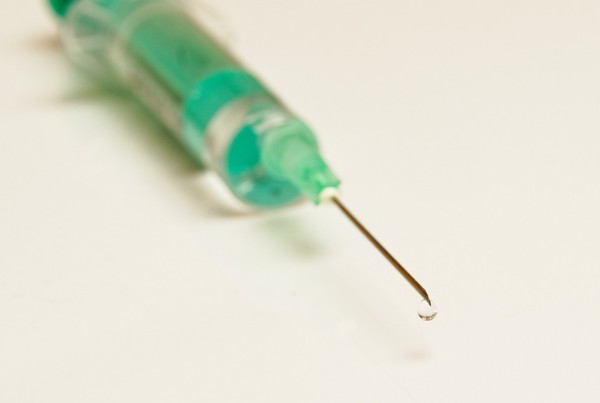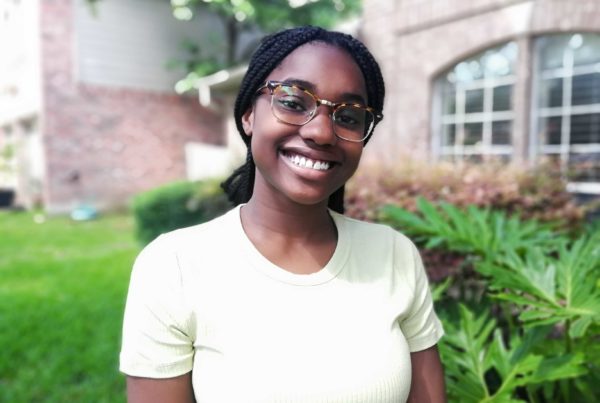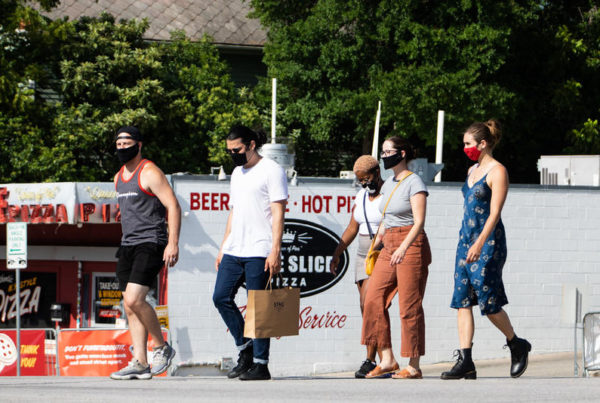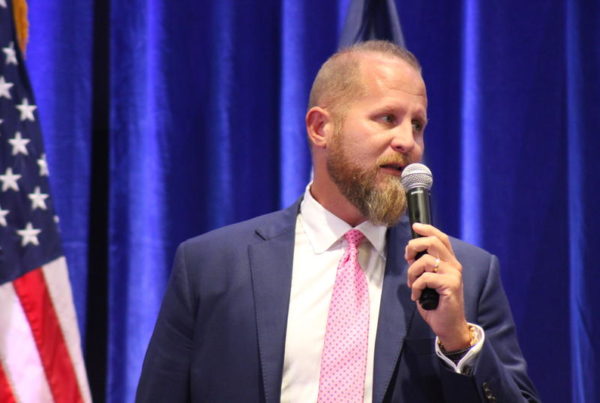From The Texas Tribune:
Facing growing backlash from teachers, parents and health officials, Texas education officials Friday relaxed a previous order that would have given public schools just three weeks from the start of the fall semester to reopen their classrooms for in-person instruction.
School districts will be allowed to delay on-campus instruction for at least four weeks, and ask for waivers to continue remote instruction for up to four additional weeks in areas hard hit by the coronavirus pandemic. During those second four weeks, districts must educate at least a small number of students on campus, and tell the state what public health conditions would allow them to bring more students into classrooms.
Local school boards in areas with a lot of community spread can also delay the start of the school year.
“Our objective is to get as many kids as possible on campus as long as it is safe,” said Texas Education Commissioner Mike Morath on a call with school superintendents Friday afternoon. “But we know on-campus instruction is really the best instructional setting for the vast majority of our students in Texas. Please don’t feel compelled to use this transition period unless your local conditions deem it necessary.”
The revised guidance offers school districts more options on reopening their schools. Last week, the Texas Education Agency had released more stringent guidelines requiring all school districts to offer on-campus instruction daily for all students who want it, except for a transition period of three weeks at the start of the school year.
Educator associations still say Texas isn’t going far enough to protect educators and parents. The Association of Texas Professional Educators released a statement calling the revision “insufficient” and lacking in “science-based metrics,” since it still requires schools to offer in-person instruction to students who need and want it daily.
Specifically, the guidance says districts that limit in-person instruction must provide devices and WiFi hotspots to students who need them. Students who do not have reliable access to technology must be allowed to learn in school every day. And during the second four weeks of state-allowed remote learning, districts must educate at least some students on campus, though they can restrict that number as they see fit.
“We demand that Gov. Abbott issue a statewide order that all school buildings remain closed and all instruction be provided remotely until the pandemic has clearly begun to subside and it is safe to reopen school buildings under strict safety standards,” Texas State Teachers Association President Ovidia Molina said in a statement Friday.
Gov. Greg Abbott and top state officials also announced Friday that they will funnel $200 million of federal stimulus funds to the agency to buy devices, hotspots and routers and distribute them to school districts.
That’s on top of a previous promise to reimburse all school districts for up to 75% of their pandemic-related expenses, using money from a federal grant awarded to Abbott’s office. The state used a larger $1.29 billion federal stimulus package to bolster its own coffers, instead of providing it to districts on top of their full funding this year.
School districts may also, with permission from the state, choose high schools where students will receive part of their instruction on campus and part remotely at home for the entire school year. Students must learn on-campus for at least 40% of the days in each grading period, usually six or nine weeks long.
That option would be best for districts “if your health conditions are such where you really need to reduce the number of people on campus at any one time,” Morath said Friday. Some districts have already proposed bringing different groups of students into classrooms on alternating days or even weeks, and otherwise educating them remotely.
While statewide guidance was in flux, local health officials issued mandates barring in-person classes for public and private schools in their jurisdictions, at least through August and in some cases to the end of September.
It was unclear last week whether Texas would let those local mandates stand or overrule them. But the TEA confirmed to The Texas Tribune this week that it would continue to fund school districts that didn’t open classrooms due to a local health mandate, as long as they were remotely educating all students. Dallas County was among the latest to issue such a mandate for its public and private schools, including Dallas Independent School District. San Antonio officials Friday issued a similar mandate for Bexar County schools.
But it is still unclear exactly how local health mandates intersect with state guidance. Morath said Friday that he wasn’t entirely sure if a public school under a local health mandate to ban in-person instruction would be able to bring more students on campus, as allowed under TEA guidelines. He encouraged school districts in that position to talk to their local public health authorities to ask for more flexibility.
“If you’re subject to an order, that’s the order you got to follow and we’re going to fund for fully remote during that time period,” he said.
Many Texas school superintendents in areas with rapidly increasing COVID-19 cases, hospitalizations and deaths have already made the decision to keep classrooms closed, without a local health order, and continue with online learning this fall. Houston ISD, the state’s largest district, will offer virtual education for six weeks through mid-October. Northside and North East ISDs in San Antonio announced Thursday that they will remain entirely virtual to start the fall semester.
This past spring, Texas school districts struggled to get set up for remote learning, with many lacking enough computers and WiFi hotspots to send out to students. A preliminary TEA report recently showed that about 1 in 10 students didn’t complete assignments or respond to teacher outreach during the pandemic, especially low income, Black and Hispanic students. Students in lower grades were less likely to be engaged with school than older students.
Correction: An earlier version of this story misstated the reopening plans of Northside and North East ISDs.
Disclosure: The Texas State Teachers Association and Association of Texas Professional Educators have been financial supporters of The Texas Tribune, a nonprofit, nonpartisan news organization that is funded in part by donations from members, foundations and corporate sponsors. Financial supporters play no role in the Tribune’s journalism. Find a complete list of them here.




